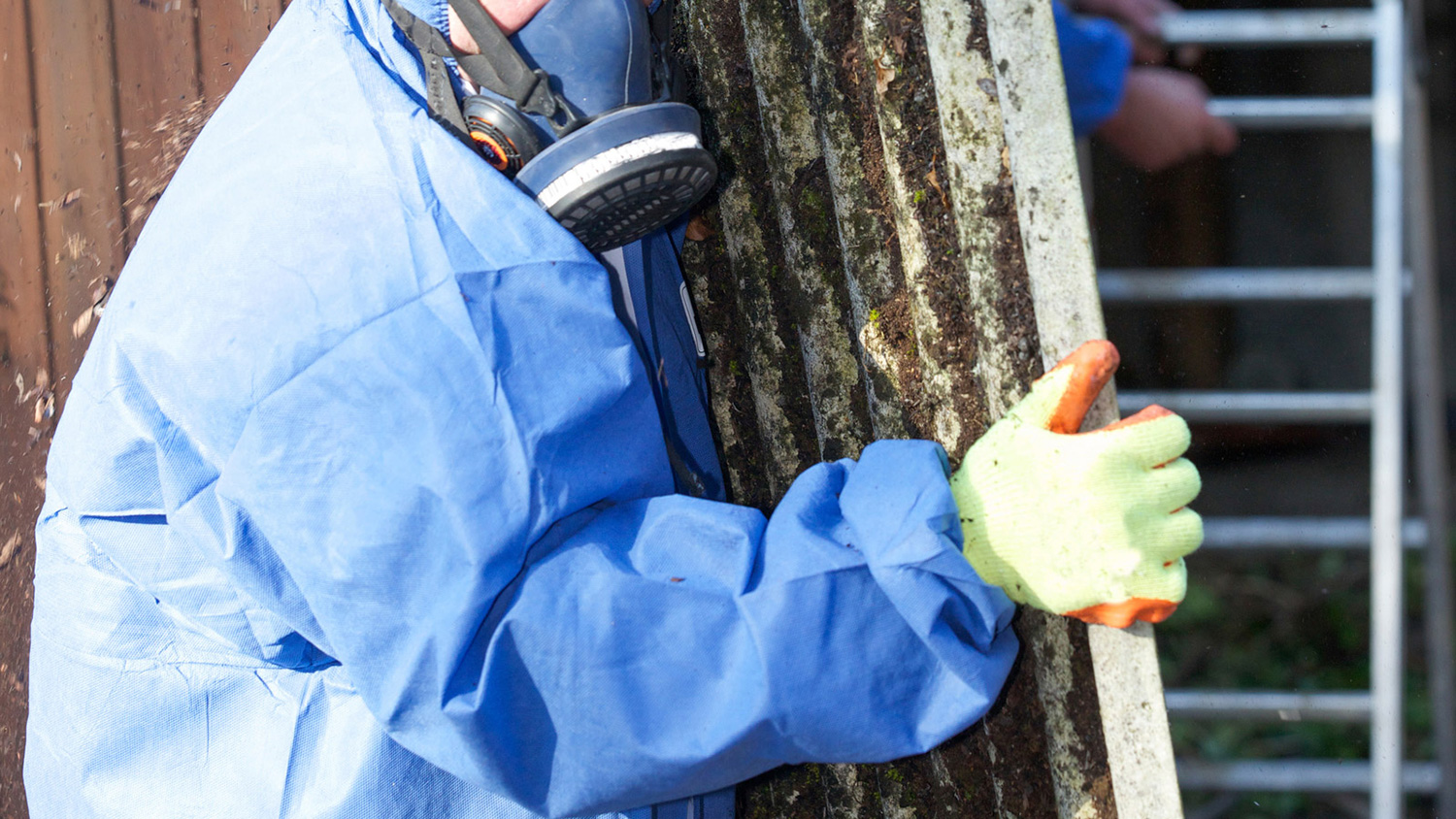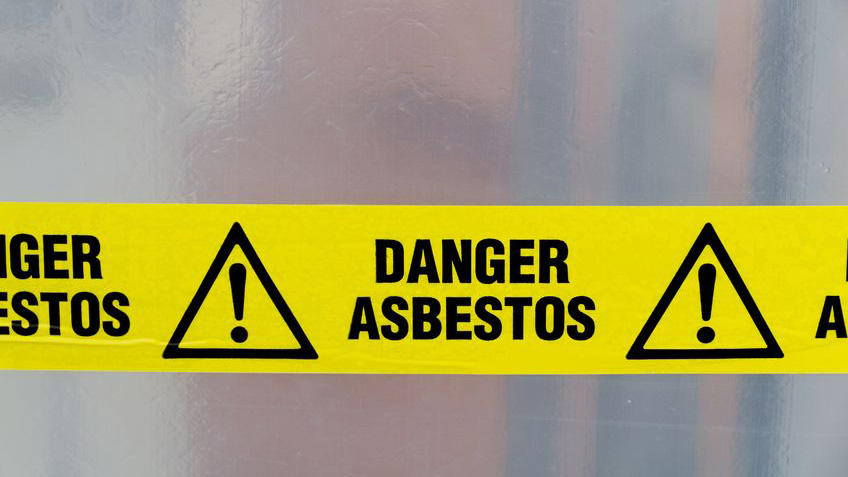
Company directors sentenced for failing to prevent exposure to asbestos
Two former company directors have been sentenced and fined after a refurbishment project at a former department store was found to have disturbed asbestos containing materials (ACMs) while demolition work was still taking place.
During October 2017, the former Joplings Department Store in Sunderland was undergoing refurbishment when workers disturbed large quantities of asbestos. Following a reported concern regarding unsafe construction work at the site, an investigation by the HSE found that demolition and stripping work had been carried out inside the property. The age of the building and previous refurbishment work meant that there were vast quantities of ACMs inside the building.
During several months of demolition and refurbishment work the ACMs had been broken up using sledgehammers and brute force. Asbestos fibres were spread across five floors of the building as well as outside of the city centre property. At the time of HSE’s intervention, 1,315 square metres of contaminated waste was found across the shop floors and in the stairwell.
Former directors of Keebar Construction, Alan Barraclough and James Keegan were found guilty of breaching two counts of Section 37 of the Health and Safety at Work Act 1974 etc. They both received a 14-month sentence, suspended for two years, and were ordered to carry out 120 hours of unpaid community work within 12 months. Each man was suspended as a director for ten years and ordered to pay costs of £44,774.21.
Speaking after the hearing, HSE inspector Phil Chester, said:
“Asbestos is responsible for the premature deaths of over 5,000 people each year. Younger people, if routinely exposed to asbestos fibres are, over time, at greater risk of developing asbestos-related disease than older workers. This is due to the time it takes for the body to develop symptoms after exposure to asbestos. Exposure to asbestos can cause four main diseases – Mesothelioma (a cancer of the lining of the lungs), asbestos-related lung cancer, Asbestosis (a scarring of the lungs) and Diffuse pleural thickening (a thickening of the membrane surrounding the lungs, which can restrict lung expansion leading to breathlessness).
“It can take anywhere between 15 and 60 years for any symptoms to develop after exposure. Companies need to recognise the dangers of removing asbestos without appropriate safety measures, to their employees and members of the public.”
If a building was constructed or refurbished prior to the year 2000 there could be asbestos present, and duty-holders should assume there is until proven otherwise. They should check to see if anyone else has undertaken a survey or compiled an asbestos management plan by:
- Looking for any records of previous asbestos work.
- Asking the previous owners or tenants of the building.
- Asking the facilities management company, if there is one.
- Asking equipment suppliers or repairers.
- Asking the building designer, architect or builder.
If there is no information available, they should arrange for an asbestos survey to be carried out.



